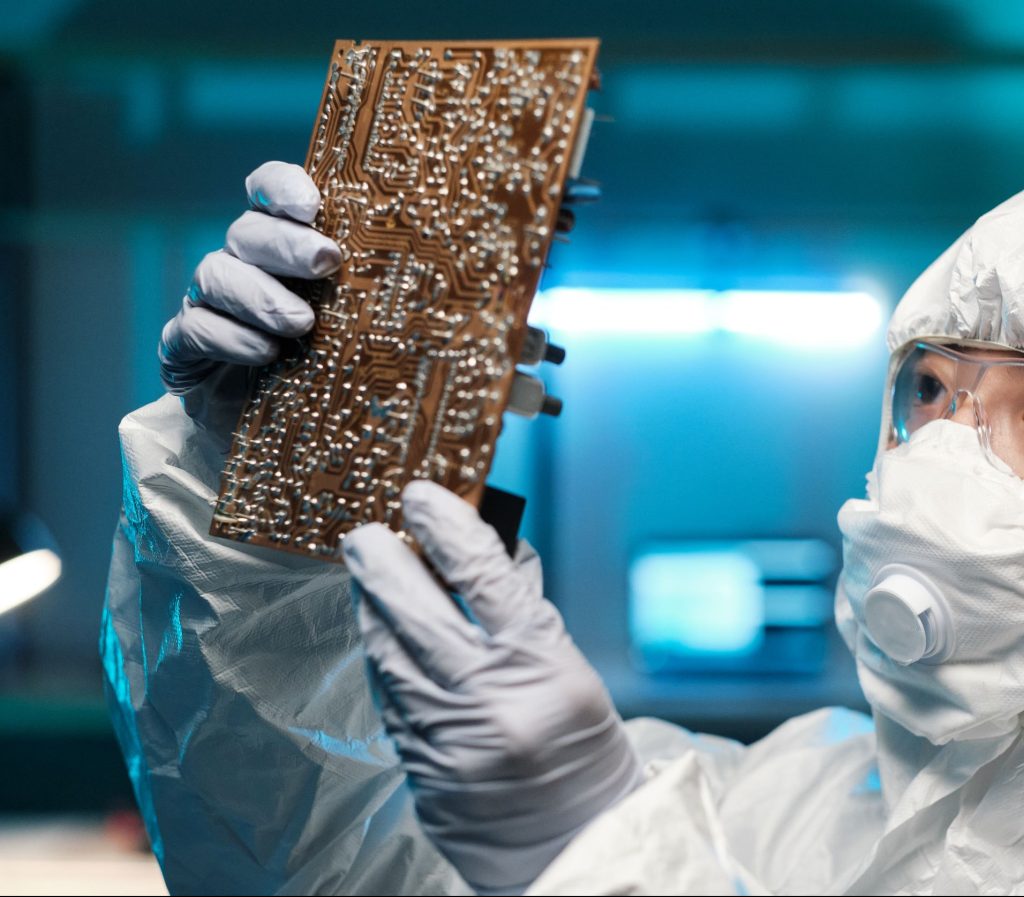Artificial intelligence and the circular economy
AI as a tool to accelerate the transition
This paper offers a first look into the cross-section of two emerging megatrends: how AI can accelerate the transition to a circular economy. It finds that AI can enhance and enable circular economy innovation across industries in three main ways:
- Design circular products, components, and materials. AI can enhance and accelerate the development of new products, components, and materials fit for a circular economy through iterative machine-learning-assisted design processes that allow for rapid prototyping and testing.
- Operate circular business models. AI can magnify the competitive strength of circular economy business models, such as product-as-a-service and leasing. By combining realtime and historical data from products and users, AI can help increase product circulation and asset utilisation through pricing and demand prediction, predictive maintenance, and smart inventory management.
- Optimise circular infrastructure. AI can help build and improve the reverse logistics infrastructure required to ‘close the loop’ on products and materials by improving the processes to sort and disassemble products, remanufacture components, and recycle materials.
To illustrate the range of applications across sectors, this paper looks at two value chains: food and agriculture; and consumer electronics. These examples, one centred on biological materials and the other on technical materials, highlight the potential of AI to increase the circularity of a broad range of economic activity.
Andere relevante publicaties
Re-use of soundbars
How feasible is it to give soundbars a second life? Commissioned by Stichting OPEN, Second Use investigated the re-use potential of four soundbar models, revealing insights into repairability, consumer interest, and key barriers.
Re-use van soundbars
Hoe haalbaar is het om soundbars een tweede leven te geven? In opdracht van Stichting OPEN onderzocht Second Use de potentie van re-use bij vier modellen soundbars – met inzichten over reparatiemogelijkheden, consumentengedrag en belemmeringen.
Re-use of cordless vacuum cleaners
The re-use of cordless vacuum cleaners presents interesting opportunities, but battery replacement costs pose a significant challenge. This study, conducted by Second Use on behalf of Stichting OPEN, examines the feasibility of refurbishment and identifies key improvements to extend the lifespan of these appliances.


